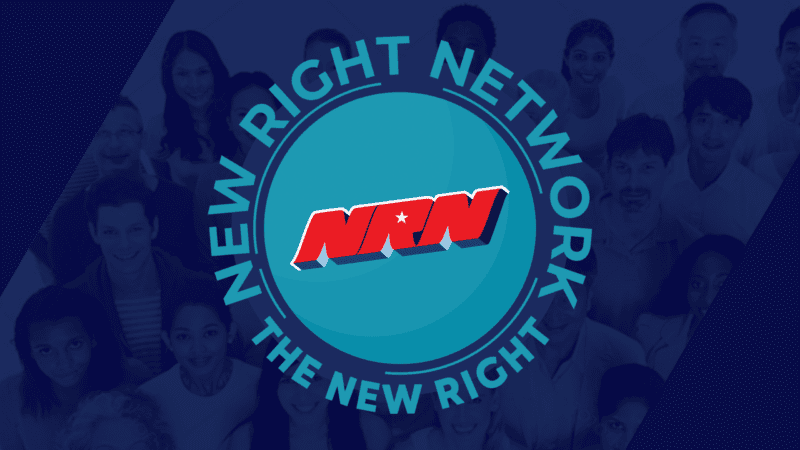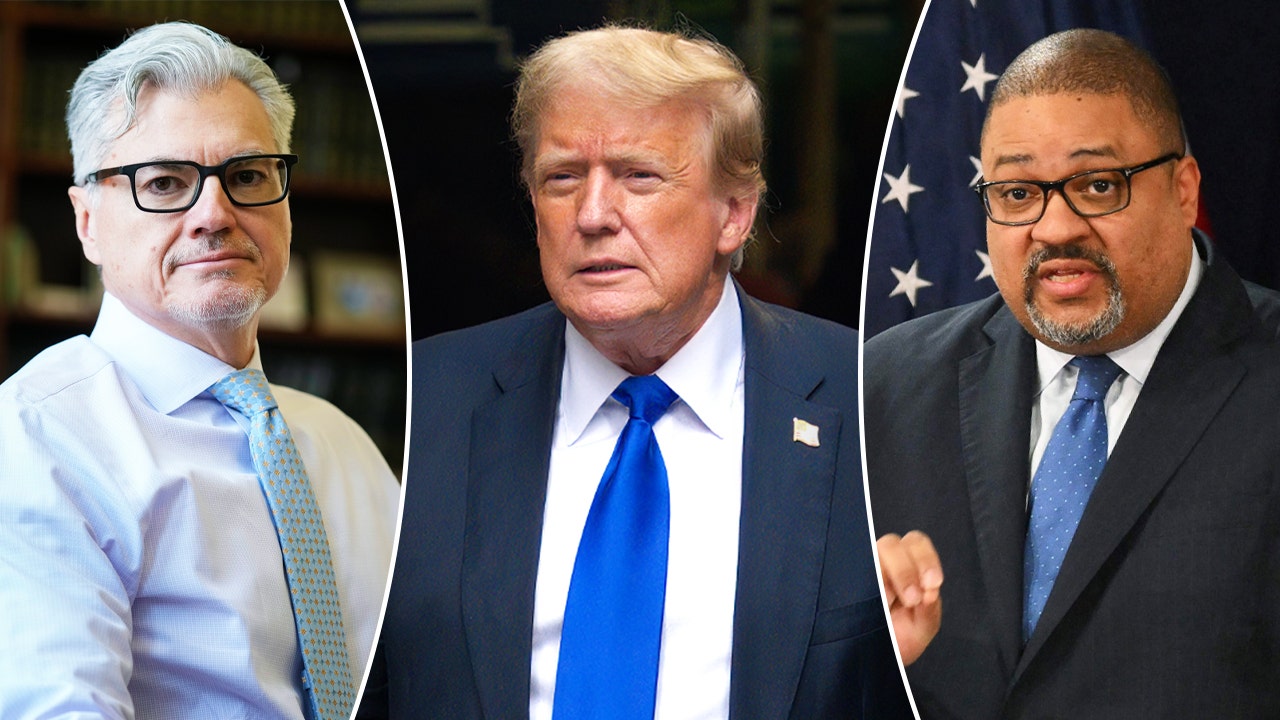80
The basis behind central bank digital currencies (CBDCs) is an attempt to try and understand how these new digital instruments align with the two-tier banking system that we rely on for more than 400 years. dependent over the years.
In the process, I gained a new appreciation for the relationship between private money (the money in our bank accounts) and public money (issued by central banks) and the ability to redeem private money as central bank currency. The central bank’s ability to access public money in times of stress, as such, is vital to the stability of the modern financial system.
By the end of that article, I concluded that there was no real need for India to introduce a CBDC. Since we already have a highly efficient fast payment system in UPI, any benefits a CBDC might provide are either already available to us or capable of being provisioned with some additional engineering.
In a recent speech at the Monetary Authority of Singapore, Agustin Carstens, General Manager of the Bank for International Settlements, called for a fundamental reimagining of the current financial system and the expansion of all global commerce. Central banks, he said, are the custodians of public trust in money and therefore must envision what the future of money should look like.
If the future is digital, then the digitization of money should be an important part of our vision for this future. While in the context of public money, this could mean a CBDC or something similar, to describe a complete solution, we need to find a way to extend this concept to private money. According to Carstens, the way to do this is through the tokenization of private deposits that are currently held in commercial bank accounts.
This would immediately mean that there would be two separate digital ledgers: one for CBDCs and one for token deposits. However, because these systems are digital, we can, Carstens argues, link them to each other through a unified ledger on which both public and private digital money can interact, unlocking new efficiencies. which were impossible till now.
For example, we can use smart contracts to take advantage of the connectivity inherent in such digital systems to enable new features such as micropayments and the automatic transfer of thought between Internet of Things (IoT) devices. Once money itself becomes programmable and able to digitally interact with tokenized assets, it becomes possible for us to automate the entire sequence of commercial transactions that currently require manual intervention or various stages depending on the hosting of various intermediaries.
This will eventually enable simultaneous and near-instant payments and easy settlement of transactions within the country and across borders. And once the technical underpinnings for this are realized, we’ll likely see other use cases that we haven’t even begun to imagine spring into existence.
To explain how this might work, Carstens explains how the traditional escrow process could be re-imagined on a unified ledger. Through the use of smart contracts, when escrow is invoked, we can programmatically lock funds in the buyer’s token deposit to hold it until payment is initiated. Once the escrow conditions are met, a digital instruction can be sent to the smart contract indicating that the money can now be transferred to the seller. Once initiated, instant settlements can be made via digital central bank money.
Why this idea is so interesting because once we tokenize private money deposits, nothing is stopping us from extending the same approach to all kinds of other ledgers, eventually adding them to the unified ledger as well. While it is easy to see how this might apply to assets such as securities that are already transacting almost exclusively in a dematerialized format, it could easily extend to more traditional ledgers such as movable property and real estate. Could
By tokenizing all these assets, transactions involving them will happen faster, at a lower cost and with greater transparency. This in turn would improve the certainty of title and trust in the commercial system as a whole, while making it possible to automate a host of transactions that would be impossible today without an army of intermediaries.
Why all this is of particular interest to me because the large-scale implementation of tokens throughout the commercial ecosystem is an opportunity to change governance. A unified ledger will digitize every single aspect of a commercial transaction – not just payments, but the very assets that are their primary subject matter. If we can layer on top of these carefully crafted smart contracts, it will be possible for us to programmatically describe every last element.




















Discussion about this post